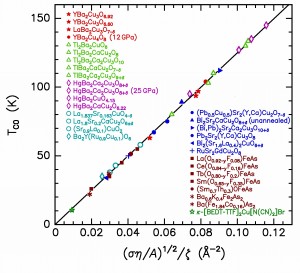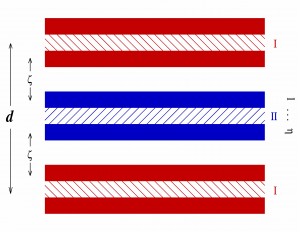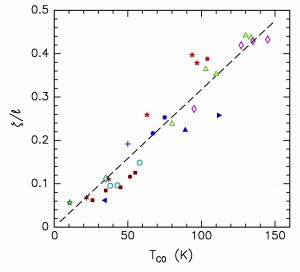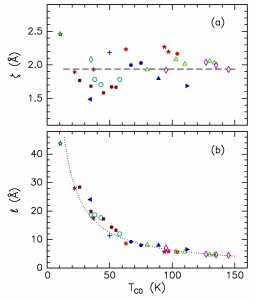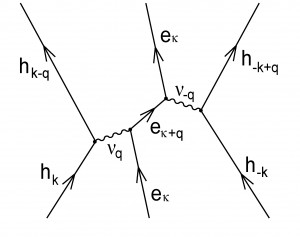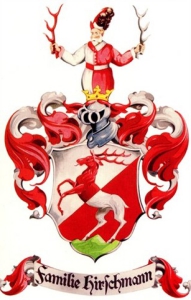Theory of high-TC Superconductivity: Transition temperature, D. R. Harshman, A. T. Fiory and J. D. Dow [arXiv]
It is demonstrated that the transition temperature (TC) of high-TC superconductors is determined by their layered crystal structure, bond lengths, valency properties of the ions, and Coulomb coupling between electronic bands in adjacent, spatially separated layers. Analysis of 31 high-TC materials (cuprates, ruthenates, rutheno-cuprates, iron pnictides, organics) yields the universal relationship for optimal compounds, kBTC0 = β/ℓζ, where ℓ is related to the mean spacing between interacting charges in the layers, ζ is the distance between interacting electronic layers, β is a universal constant and TC0 is the optimal transition temperature (determined to within an uncertainty of ± 1.4 K by this relationship). Non-optimum compounds, in which sample degradation is evident, e.g. by broadened superconducting transitions and diminished Meissner fractions, typically exhibit reduced TC < TC0. It is shown that TC0 may be obtained from an average of Coulomb interaction forces between the two layers.
D. R. Harshman, A. T. Fiory and J. D. Dow, J. Phys.: Condens. Matter. 23, 295701 (2011); Corrigendum, J. Phys.: Condens. Matter 23, 349501 (2011). This work is also listed in J. Phys.: Condens. Matter Highlights of 2011.



